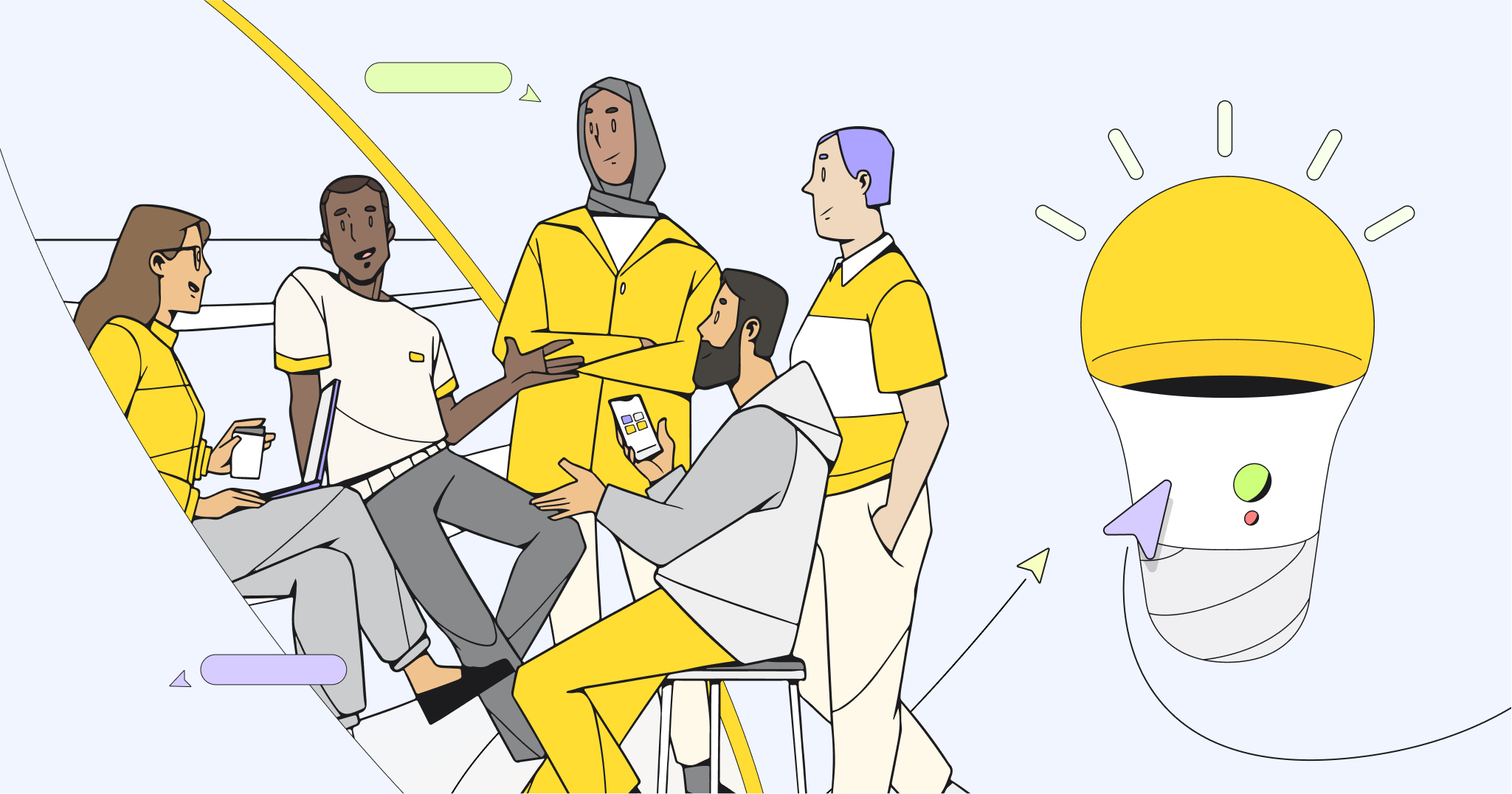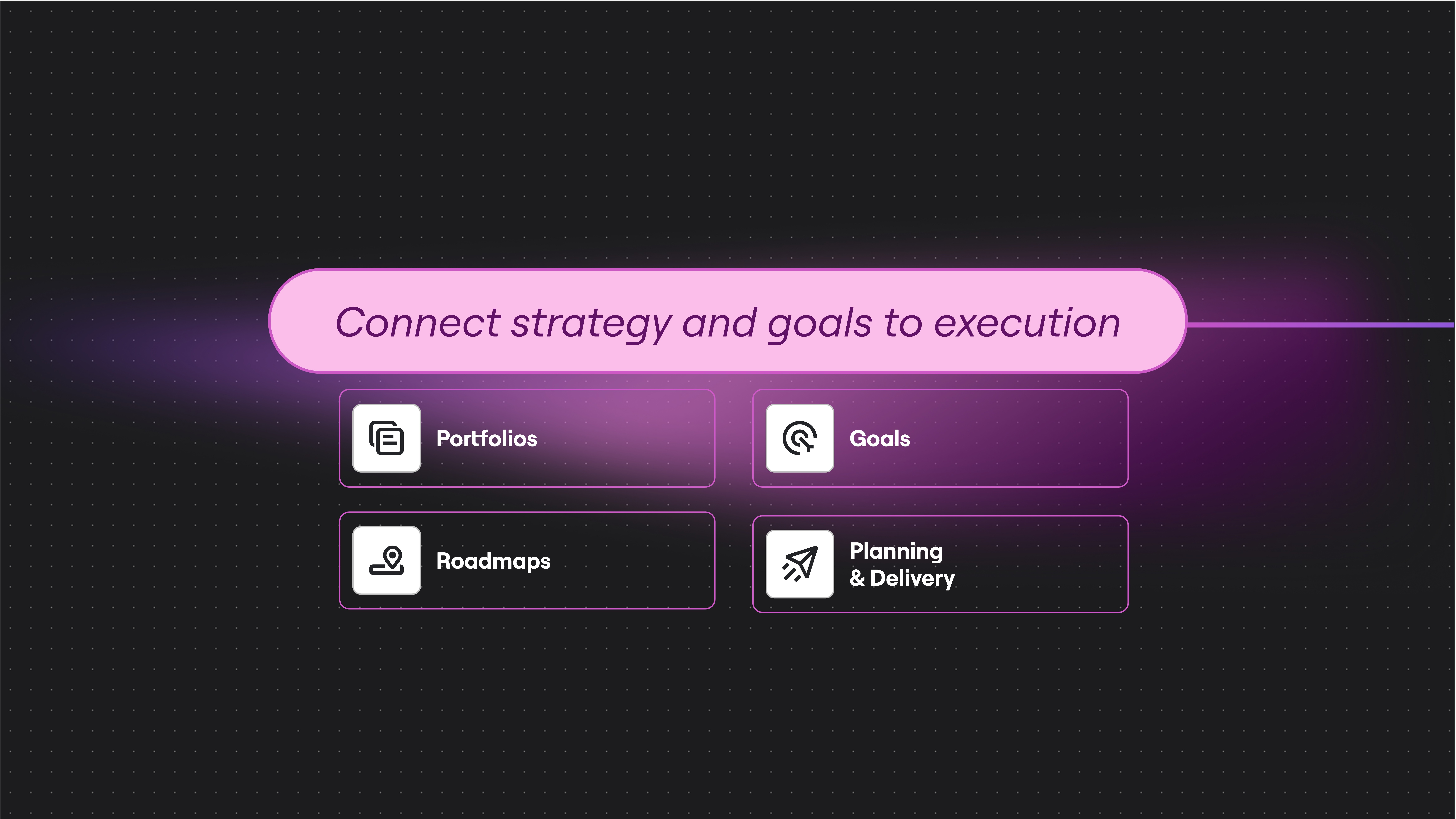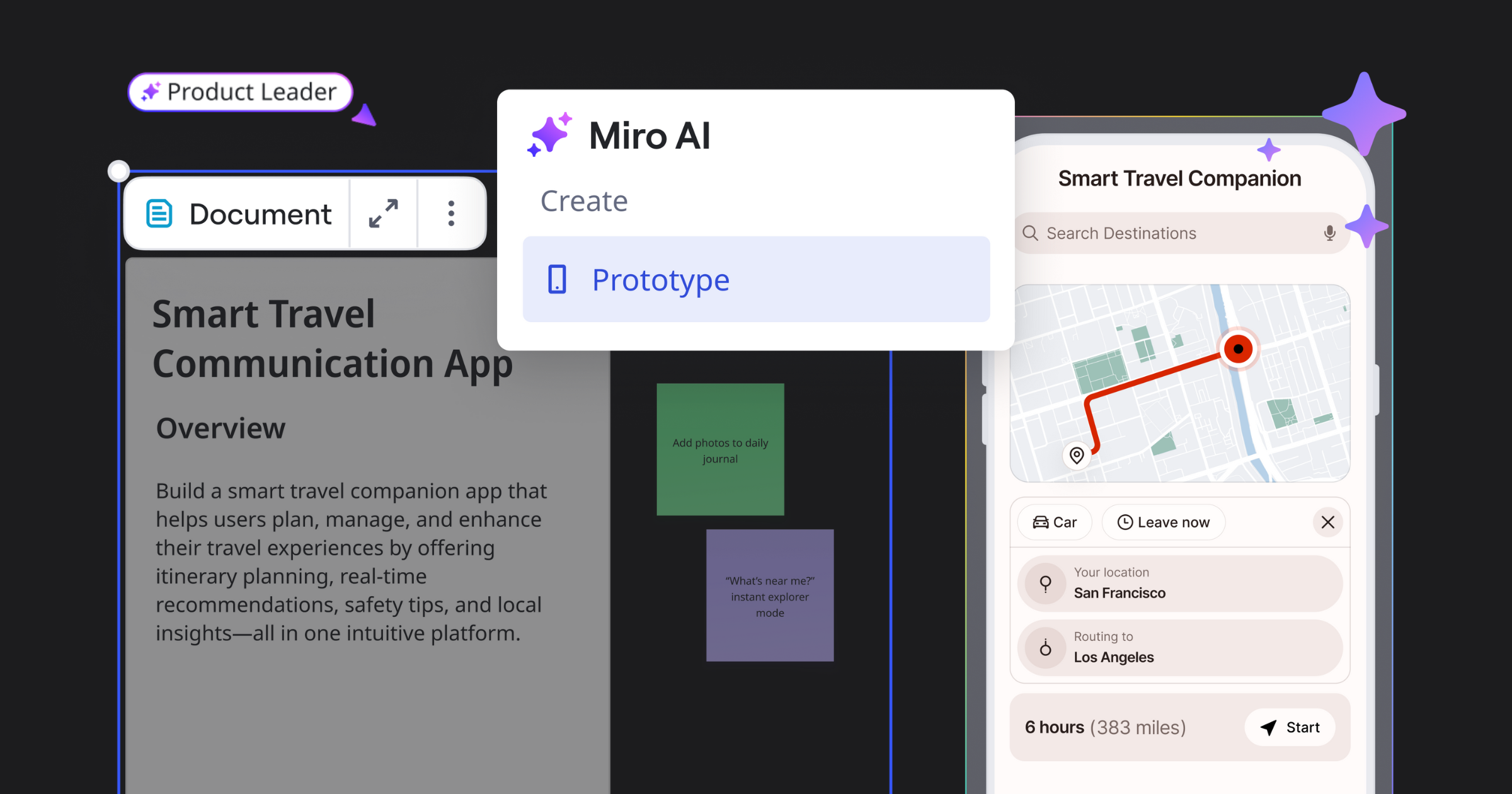We’re in the midst of a collaboration renaissance. The global shift to remote work has forced many companies to rethink how teams collaborate. In the absence of habits and best practices that we used to take for granted, everyone is looking for new ways to connect, innovate, and get work done.
For product development teams, that has been a huge challenge — and a huge opportunity.
Product development demands collaboration across product, UX, and engineering teams as well as between cross-functional partners. It’s a creative, iterative process that requires tight alignment to ensure the organization is producing solutions that address the customers’ needs. Without tools and strategies that help create a great customer experience, product development teams cannot be successful.
Evan Roxanna Ramzipoor is a writer based in California. She is the author of The Ventriloquists, and her writing has been featured in McSweeney’s, Salon, and others. Check out her work at erramzipoor.com.
During our virtual event Facilitating Collaborative Product Development, we brought together a panel of experts from Asana, Spotify, and PTC for an interactive workshop with H&R Block. These thought leaders talked about their best practices for facilitating collaborative product development — remote, in person, and everywhere in between.
Here are some key insights:
- Create alignment through communication
- Empower people to work autonomously
- Provide an inclusive space
- The future of collaboration
1. Create alignment through communication
Product development is a massive cross-functional lift, so it’s easy for wires to get crossed. Clear communication is key, especially if teams are working across multiple locations. Product teams worldwide are now using digital tools like Miro to communicate what they’re working on to the rest of the company and incorporate cross-functional input to help build a better product.
Promote accountability
Openness and access to information allows others to get access they otherwise would not have had, and to influence product direction in ways they weren’t able to previously. That’s incredibly powerful.
Matthew Horan, Staff Engineer at Spotify
To limit misunderstandings, organizations should weave accountability practices into the culture of the organization. That means creating an environment where people feel comfortable assigning timelines, due dates, and ownership. Paige Costello, Product Leader, Core Product at Asana, encourages her team to think about how to break through ambiguity and create structures of clarity in the organization: both in meetings and at the operational level.
Seek clarity
A big part of promoting clarity is encouraging feedback. It’s important to remember that when people don’t feel safe enough to talk about their mistakes and understand where they went wrong, the mistakes don’t go away — it’s just that nobody talks about them. That can lead to misunderstandings and inefficiencies down the road. To keep everyone on the same page, build a space where people feel free to ask and receive feedback.
Share goals and metrics
Make a point of sharing and discussing product development team OKRs and metrics. People work better when they don’t feel like they’re working in a vacuum. Make it easy for teams to understand how their individual OKRs map to company OKRs.
When it comes to communication, it’s a good idea never to let processes go stale. Routinely check in to make sure your processes are still working for everyone, and consider using templates to streamline workflows.
2. Empower people to work autonomously
Aligning from those top level business goals, all the way down through all your teams is super important when you have an autonomous organization.
Matthew Horan, Spotify
Product development involves a lot of moving parts across the organization. From engineers to UX designers to product leads, everyone needs clear goals to understand what they’re striving for and easy access to tools that help them get there. That’s the key to working independently.
Set people up for success
Planting the seeds for true autonomy starts as early as the onboarding experience. Make it easy for new employees to ramp up, regardless of whether they’re in a physical office. Give them access to documents and recordings that they can reference later. If they can hit the ground running, they’ll feel more ownership over their products and less uncertain about expectations.
Build a clear plan
At Asana, teams like to foster autonomy by building a plan on a page for almost every project and at every level of the organization. The plan outlines the mission, key metrics, the target customer, and how individual tasks map back to the company’s overarching goal. This powerful asset allows the team to see how all the puzzle pieces fit together: how your company’s mission connects with your strategic objectives.
Create artifacts
A key part of fostering autonomy is empowering people to get the most out of meetings — even when they cannot attend. Provide digital artifacts to give people who were distracted or unable to join in real-time something to refer to afterward. This is one reason why many teams prefer using a digital whiteboard as opposed to a physical one. People typically erase physical whiteboards after every meeting, whereas you can simply share the contents of a digital whiteboard when you’re done. That way, everyone can have the same point of reference as they work on their tasks independently.
3. Provide an inclusive space
Inclusivity isn’t just a buzzword; it’s vital for collaboration. Teams can’t build great products if they aren’t listening to every voice in the room.
Provide a variety of ways to contribute
Aside from just having a range of expertise in the room, it’s important to give a voice to people who may not speak up. In every meeting, provide different ways for people to contribute. Some people prefer to talk aloud in a group, while others prefer to talk one-on-one or type out their ideas. To accommodate everyone, make sure you’re providing auditory, visual, and hands-on methods for communication.
Don’t assume that the quietest person in the room doesn’t have something to say. If they’re quiet, that usually means they’d prefer a different way to share their ideas.
We use tools like Miro for brainstorming and visioning exercises, and we have an Asana/Miro integration, so that the ideas that everyone is excited about don’t fall through the cracks.
Paige Costello, Asana
See how Product teams use Miro
Level the playing field
Many teams use online collaborative whiteboards to allow people to share without necessarily having to talk in a meeting. Features like sticky notes, voting, the ability to comment on someone’s board, and tools for asynchronous work give your teammates a ton of options. Being heard no longer requires speaking up.
Inclusivity also means treating everyone the same. You never know from where the next amazing idea for a product is going to come. If your team members don’t feel safe speaking up, you might end up with a subpar product. From individual contributors to C-level executives, everyone should be held to the same standards and expectations.
We need to understand that we don’t know everything. To overcome that, we’re doing more collaboration, and we’re asking more subject matter experts for their opinion. And by doing that, you build more trust with these teams because they become part of product development and overall decision-making.
Eran Freilich, Head of Product Design, PTC
Build trusted spaces
It’s probably no surprise that people are more efficient when they’re happier and trust each other. But investing in your team’s happiness and fostering trust is easier said than done.
Teams at Asana built a goal solution that helps them collaborate by improving clarity around goals. If everyone understands what their teammates are doing, you can trust that dependencies will get done, and you can move a lot faster.
One of our board members recently shared an equation for trust that I love. ‘Trust = credibility + reliability + authenticity / self interest.’
Paige Costello, Asana
Trust and authenticity go hand in hand. If you’re working remotely or in a hybrid environment, make sure you’re taking steps to make teams feel comfortable at work. Many teams are now encouraging people to avoid Zoom backgrounds so their teammates can see their workspace. When everyone feels at home, they’ll bring their best selves to work.
The future of collaboration
Facilitating collaborative product development will continue to pose a challenge for teams in the years to come. But don’t let that intimidate you — let it inspire you.
We have the power, especially with great tools like Miro, to help to cultivate a culture of positive interactions between our teams.
Kenbra Deere, Sr. Experience Strategist, H&R Block
When culture and process collide, amazing things can happen. You can foster trust and foster authentic relationships across your teams — both of which are critical for developing great products.
That’s why we’re here. Whether you’re brainstorming, team-building, or sandboxing, Miro has something for everyone.




